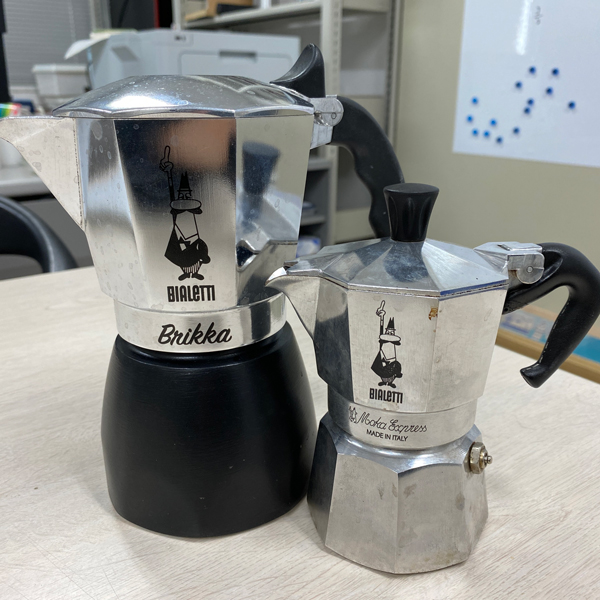Research/Equipment
Transport properties of superconducting tapes/wires
The design and performance of superconducting devices are greatly influenced by their transport characteristics, particularly the critical current density Jc, which is the maximum current density that can flow without electrical resistance. Since Jc is intricately dependent on temperature T, magnetic field B, and direction of magnetic field θ, detailed evaluation of Jc(T, B, θ) and improvements in Jc characteristics based on these results are critical challenges.
Utilizing practical high-field magnets at the High Field Laboratory for Superconducting Materials (HFLSM), Institute for Materials Research, Tohoku University, we are working in collaboration with universities, institutions, and private companies to evaluate transport characteristics and elucidate the mechanisms determining Jc properties of promising superconductors, such as cupper-oxide and iron-based superconductors, in the form of tapes/wires, thin films, and single crystals.
Relating papers
-
“Longitudinal Magnetic Field Effects on (Y,Gd)Ba2Cu3O7−δ Coated Conductor With BaHfO3 Nanoparticles Fabricated by UTOC-MOD Method,”
T. Okada et al., IEEE Trans. Appl. Supercond., 29 (2019) 8002705. -
“Development and large volume production of extremely high current density YBa2Cu3O7 superconducting wires for fusion,”
A. Molodyk, …, T. Okada et al., Scientific Reports, 11 (2021) 2084. -
“Flux Pinning Properties of 7-Filament Cu/Ag-Sheathed Ba1−xKxFe2As2 Tapes at 4.2 K,”
J. Luo, T. Okada et al., IEEE Trans. Appl. Supercond., 33 (2023) 8200405. -
“Quadrupling the depairing current density in the iron-based superconductor SmFeAsO1−xHx,”
M. Miura, …, T. Okada, et al., Nature Materials, 23 (2024) 1370.
Strain effects on superconducting tapes/wires
Superconducting tapes/wires experience strain during the manufacturing process of superconducting devices and/or due to the influence of electromagnetic forces generated during current operation. Applied strain can alter superconducting properties through changes in the crystal structure (and consequently the band structure). Furthermore, in cases of significant strain, there is a risk of cracking, buckling, and fracture in the superconducting tapes/wires.
We focus on evaluating and elucidating the effects of strain on Jc characteristics, as well as in controlling transport properties of superconducting tapes/wires by applying strain.
Relating papers
-
“A possible explanation for double-peak structure in strain dependence of critical current density in REBa2Cu3O7−δ coated conductors,”
T. Okada, H. Misaizu, S. Awaji, Supercond. Sci. Technol., 33 (2020) 094014. -
“Mechanical and critical current characteristics of high-strength (Bi, Pb)2Sr2Ca2Cu3O10+δ tapes under uniaxial tensile strain,”
T. Okada, K. Sakai, S. Awaji, Supercond. Sci. Technol., 34 (2021) 025017. -
“In-Plane Domain Control of REBCO Coated Conductors by Annealing Under Bending Strain,”
T. Okada, H. Misaizu, S. Awaji, IEEE Trans. Appl. Supercond., 31 (2021) 6601006. -
“Mechanical and critical current characteristics of high-strength Bi2Sr2Ca2Cu3O10+δ multi-filamentary tapes reinforced with thicker Ni-alloy laminations with various pre-tensions,”
T. Okada et al., Supercond. Sci. Technol., 36 (2023) 014002.
3rd Theme
In preparation
Equipment and facilities

Bialletti Macchinetta
(Moka Express for 2 cups、Brikka for 4 cups)
For the beginning of work in the morning and afternoon.
How to make delicious coffee was instructed from Prof. Senatore's group at the University of Geneva.

